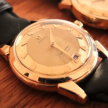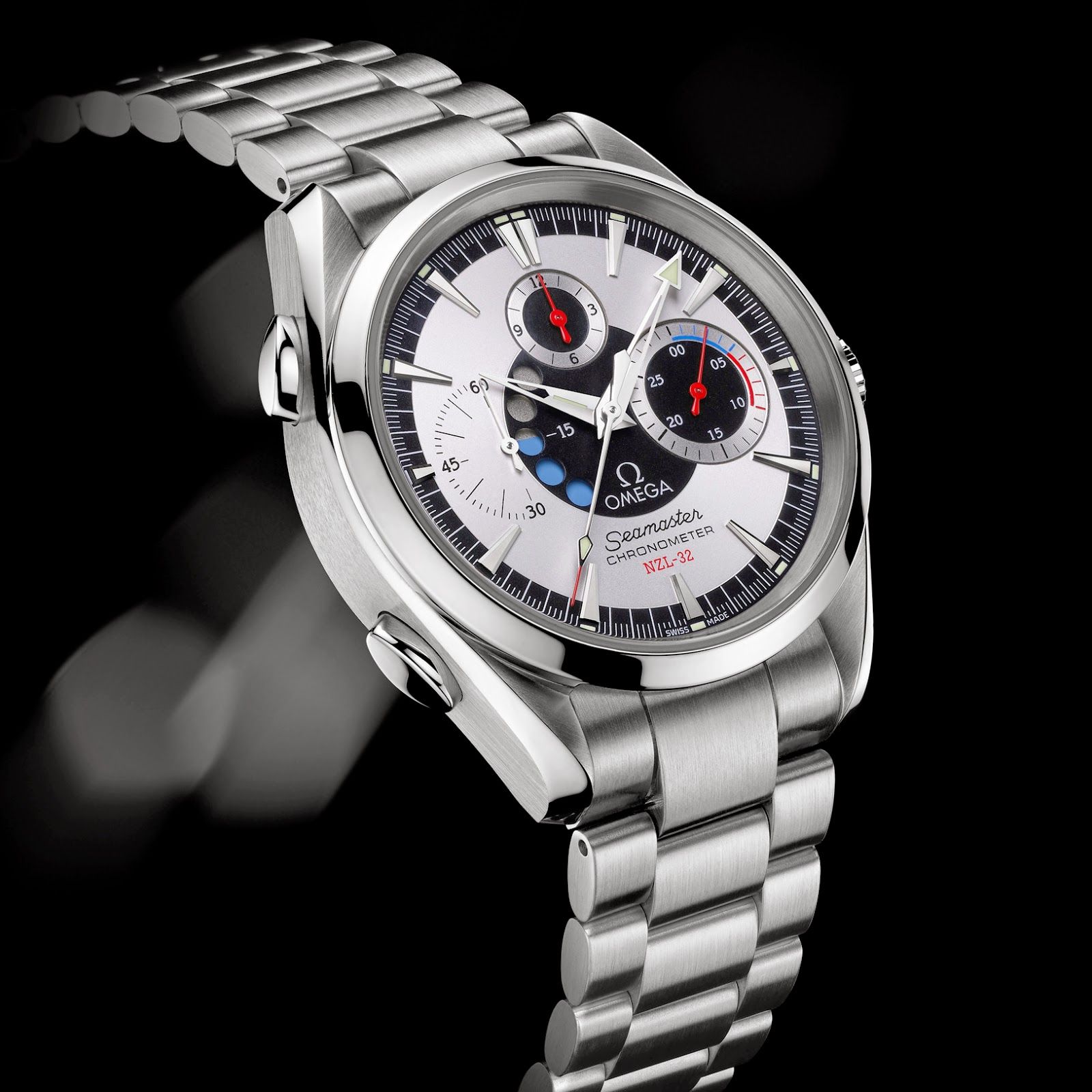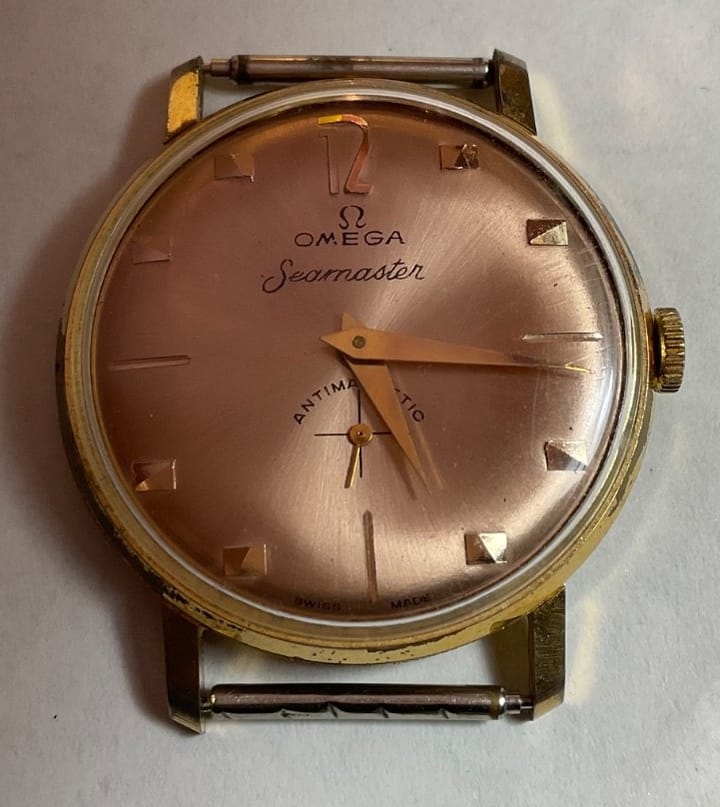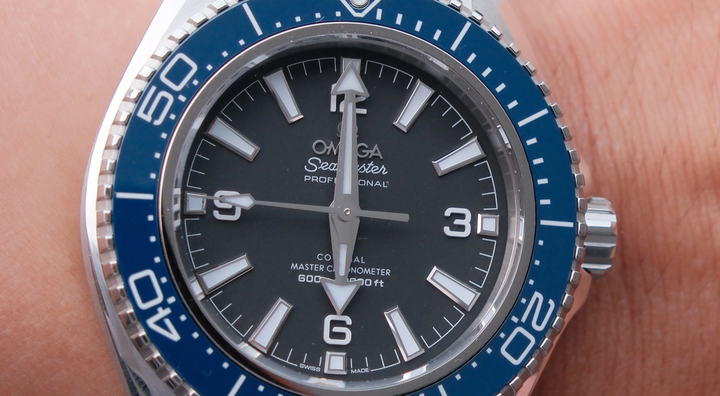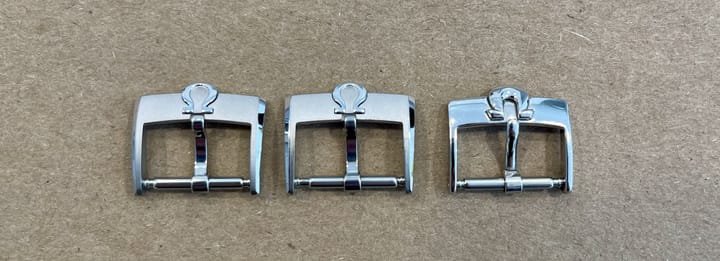NZL-32 is one of the most unusual Omega watches ever made, created in honor of New Zealand’s first successful America’s Cup Challenger, Black Magic, and their victory in 1995.
Omega has sponsored America's cup challengers for a long time now, most recently signing on to be the watch sponsor of Swiss challenger Alinghi in 2019. Omega's first America's Cup watch was the Seamaster Pro Ref 2533.50 in the early 2000s featuring text on the dial and a white gold bezel to celebrate the event.
The NZL-32 that this watch is named after is an extremely significant boat in America's Cup History. Bearing the name Black Magic, NZL-32 defeated the defending San Diego Yacht Club entry USA-36, under the name Young America, in an astonishing 0 - 5 whitewash. This was only the second time in the entire 144-year history of the America's Cup that the United States was defeated, following the victory of Australia II over Liberty in 1983.
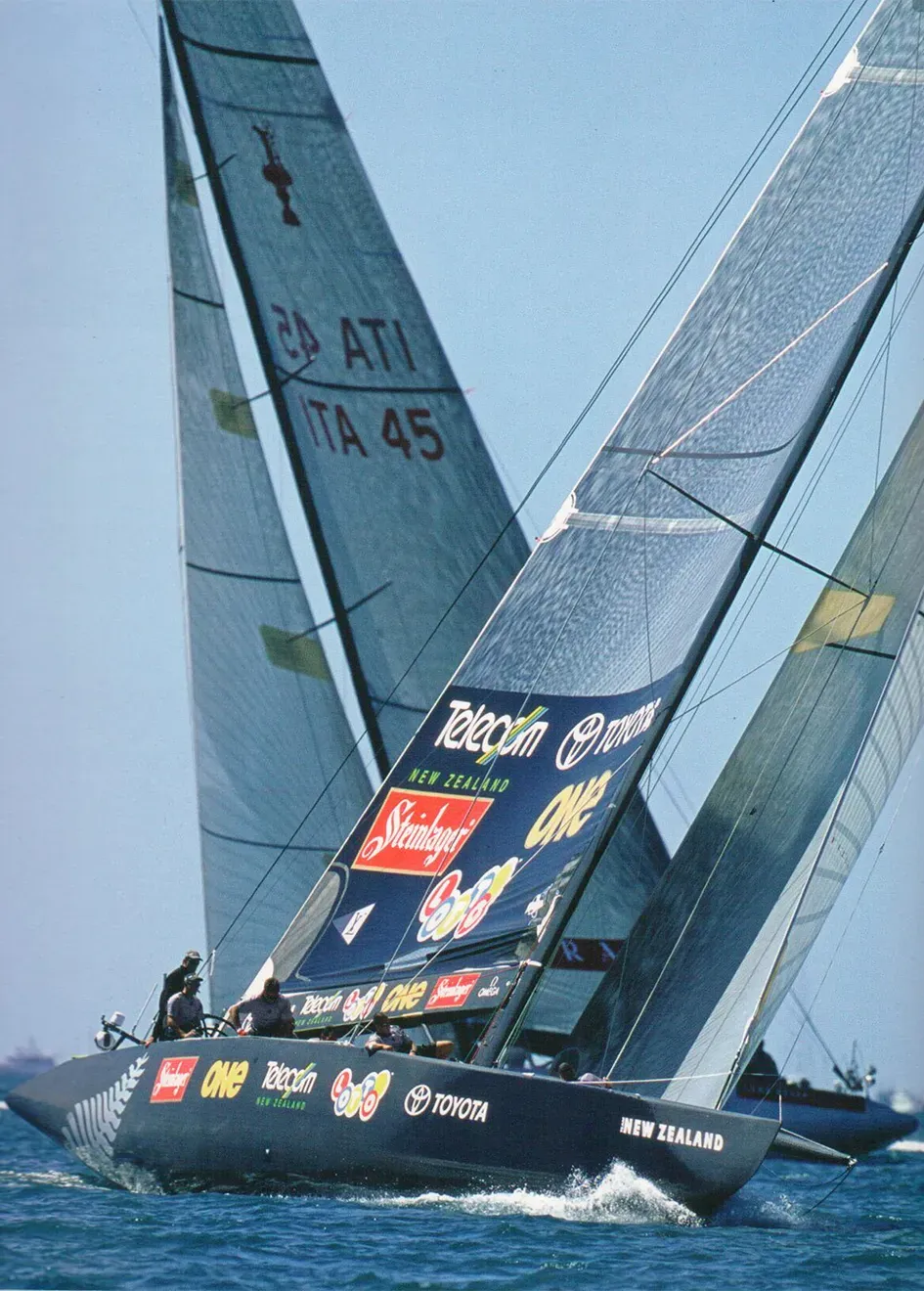
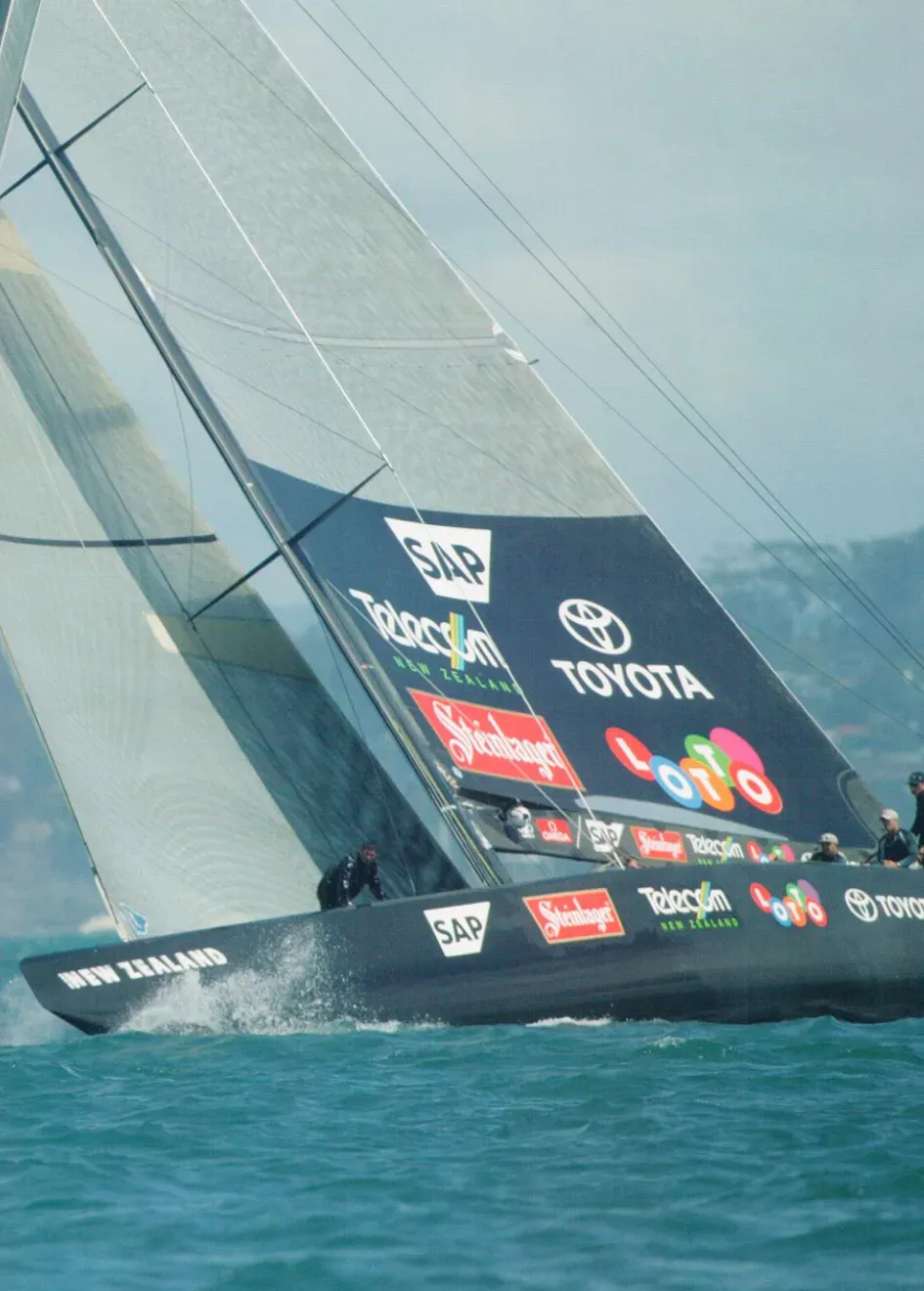
It's genuinely difficult to fully appreciate the significance of this victory, especially to small nations like Australia and New Zealand. The United States as a sporting nation is seen as virtually invincible, the design and engineering capability of the Americans was known to be second to none, and the level of funding available to American defenders is seemingly limitless. To win the America's Cup, you need all three, the best sailors in the world, the greatest engineers and designers in the world, and endless funding.
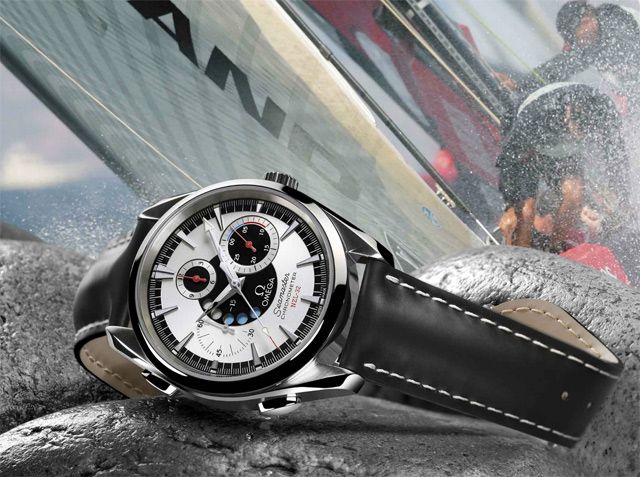
When Australia was victorious in 1983, it was such a shock to the nation that the Prime Minister declared an impromptu public holiday the day after due to how many would have still been hung over. New Zealand did not only win in 1995, but also succeeded in defending the America's Cup against Italy in 2000, the first time anyone other than the United States had ever succeeded in doing so.
This is the reason why in 2007, while sponsoring the Emirates Team New Zealand entry, Omega produced this limited edition regatta timer, and named it NZL-32 after the most important boat in New Zealand's history.
What On Earth Is That Thing?
People who see the NZL-32 often ask is it real? This is a completely bizarre watch and looks nothing like any other Omega model at all. It has both a chronograph and a regatta timer function, chronograph pushers on the opposite side to the crown, sub-dials in weird places, and yet it's also somehow an Aqua Terra.
The movement section will give some greater clarity in terms of how exactly this all works but I'll give a brief overview here. The easiest way to understand this watch is that Omega took the Aqua Terra Chronograph design, replaced the normal movement with a piggy-back chronograph movement out of a Speedmaster Reduced, rotated the piggy-back module 180 degrees, so the chronograph mechanism is upside down, and added the regatta functionality on the dial side.
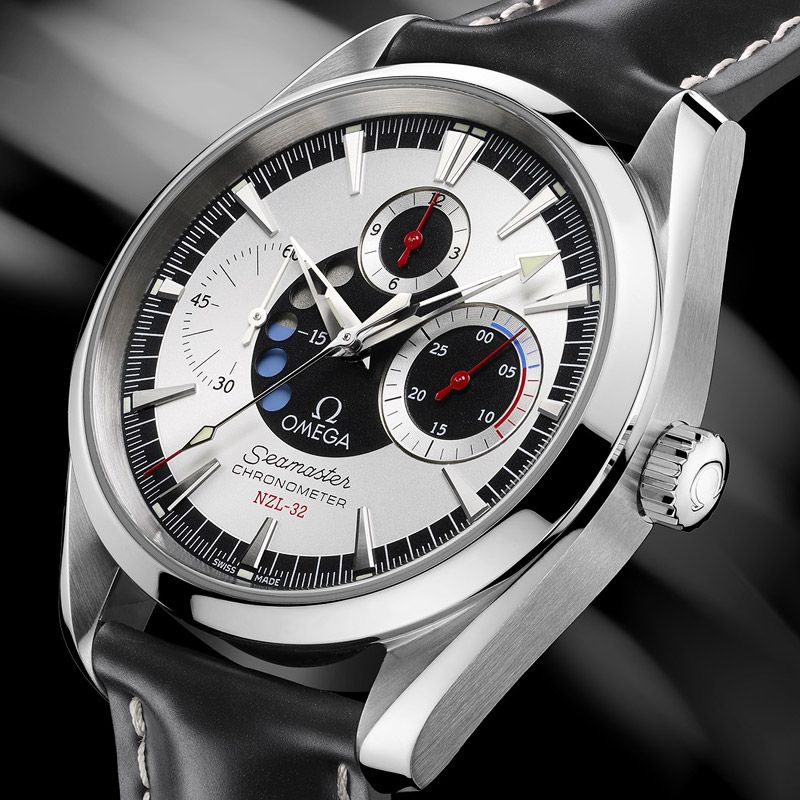
Its a very creative approach to creating a watch from mostly existing parts that looks entirely unique and alien in the Omega line-up. While nobody would accuse the NZL-32 of being the most practical sailing watch in the world, or even the most practical sailing watch made by Omega, it represents an interesting twist on the Aqua Terra design and something we're unlikely to ever see again.
Case & Bracelet
The case of the NZL-32 is largely the same as the Seamaster Aqua Terra Chronograph in overall design and sits at 42 mm in diameter. The pushers and crown both carry over from the standard Aqua Terra Chronograph, however their placement is very different. On the Calibre 3303 powered Aqua Terra, the pushers are both on the right side of the case and are in the same vertical plane as the crown. On the Calibre 3602 powered Aqua Terra, these pushers are instead on the opposite side of the case and are mounted slightly further towards the dial side than the crown due to the piggy-back module.
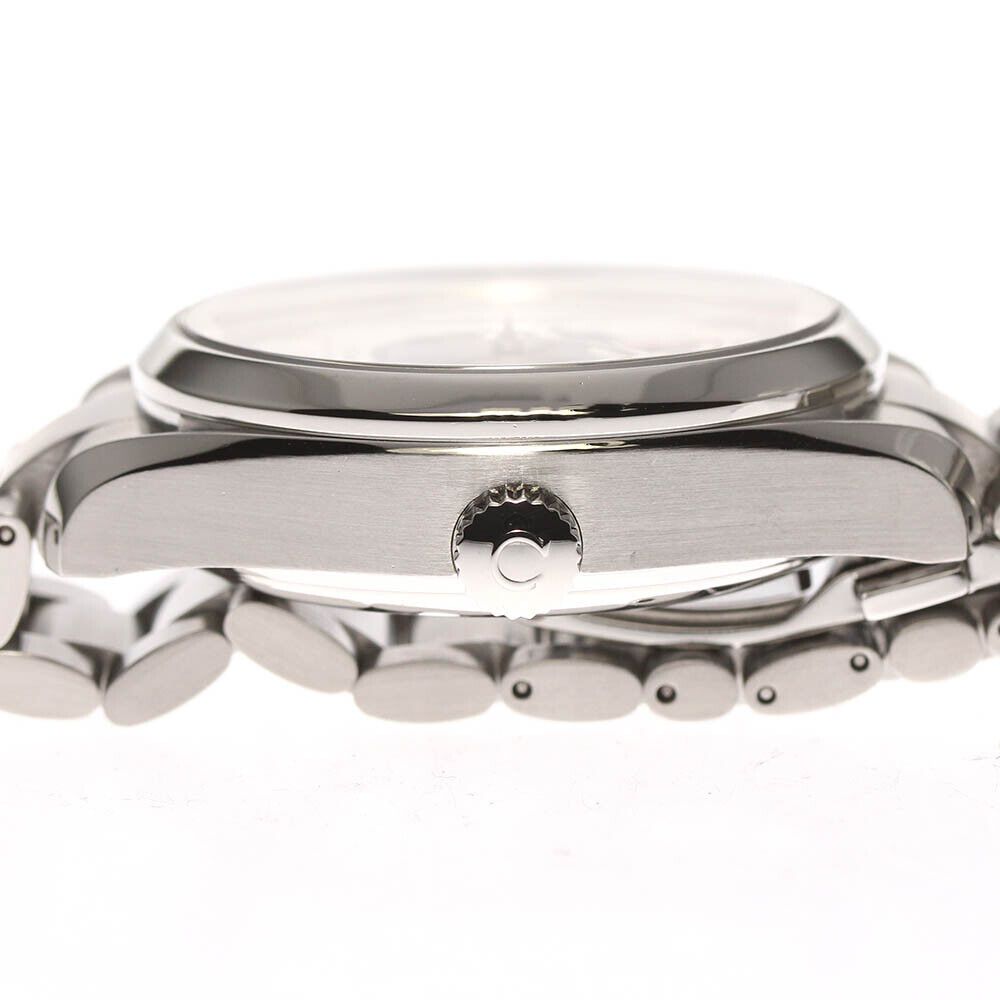
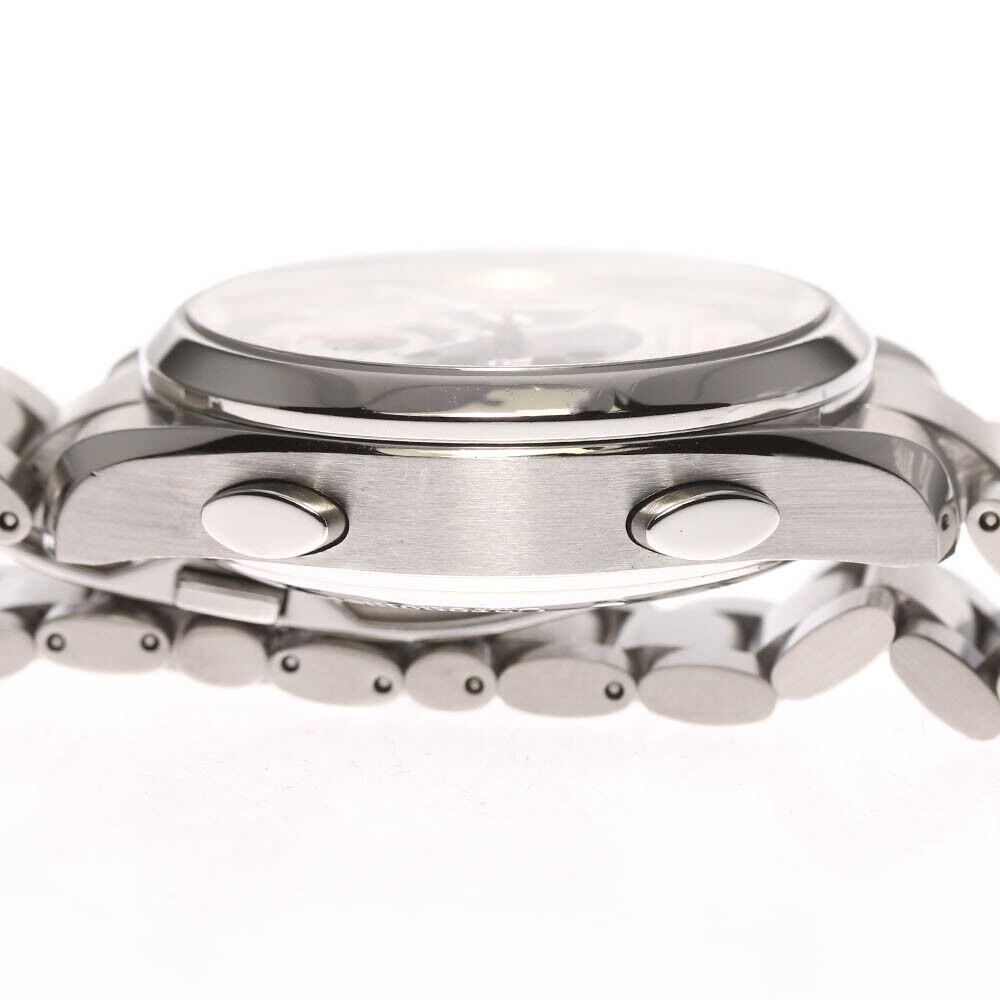
The case-back of the NZL-32 is entirely unremarkable, featuring the exact same markings as the Aqua Terra Chronograph with no display-back or unique markings. While the marketing materials did not mention the Aqua Terra sub-brand at all, this case-back reminds us of what underpins this limited edition.
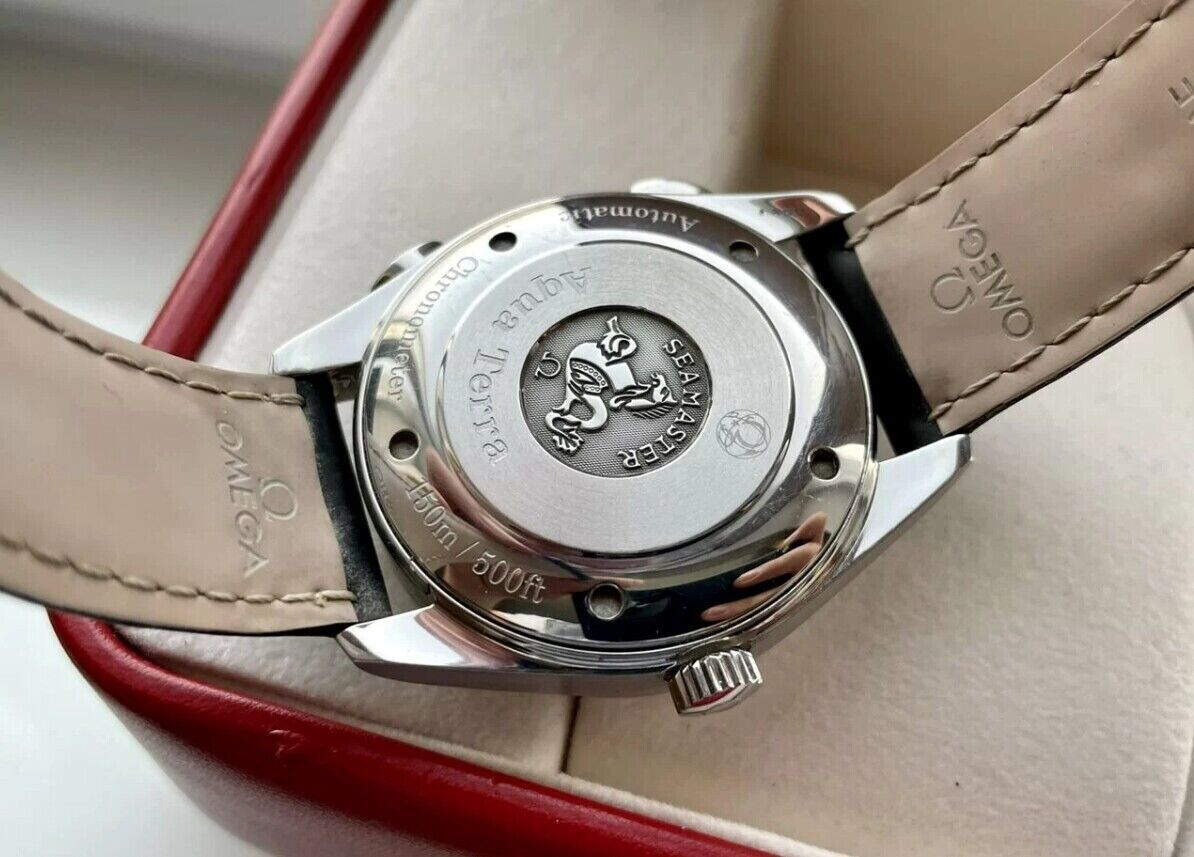
As with other Aqua Terra chronographs, there is a simple fixed bezel only, which isn't really an issue as bezels are not that useful for sailing purposes anyway.
The bracelet is a standard Aqua Terra Chronograph bracelet with solid brushed links, a butterfly clasp, and uses a half-link system for sizing as there is no micro-adjust in the clasp. The bracelet version of this watch carries the reference 2513.30.00, while the strap version with deployant clasp carries the reference 2813.30.81
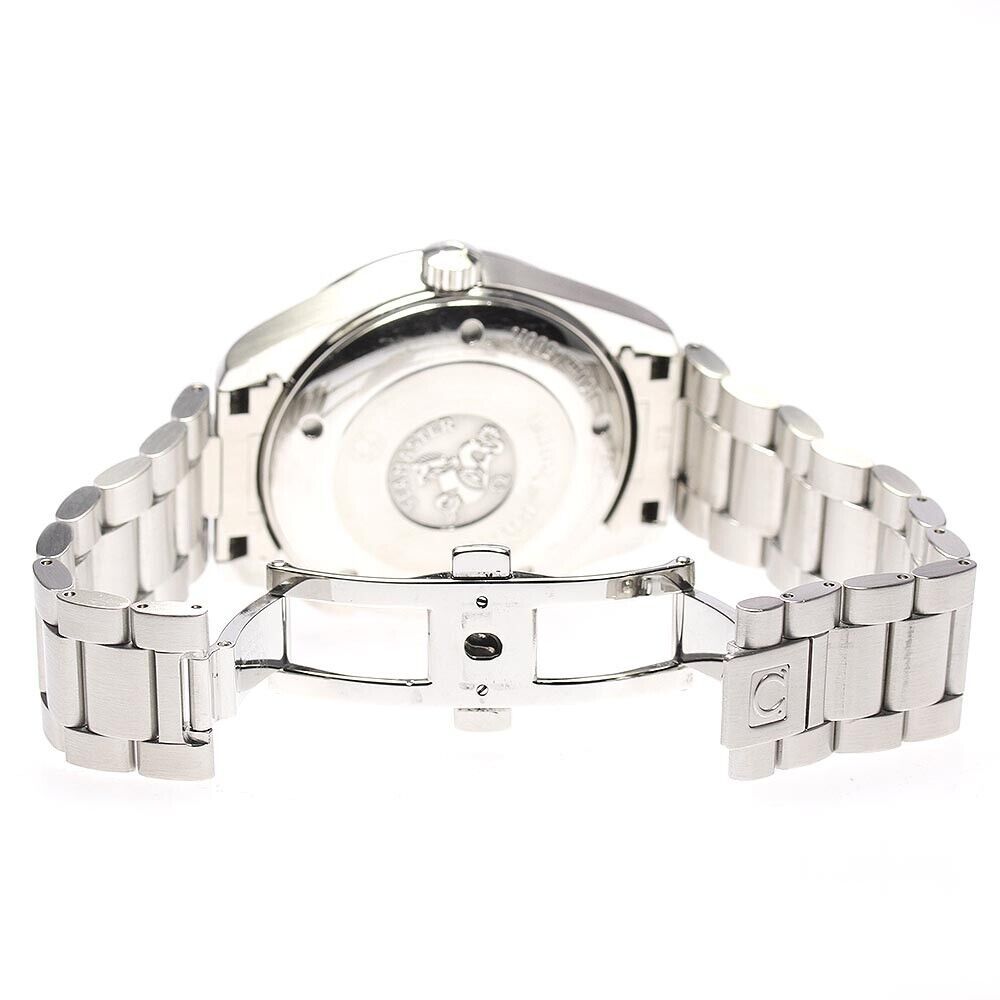
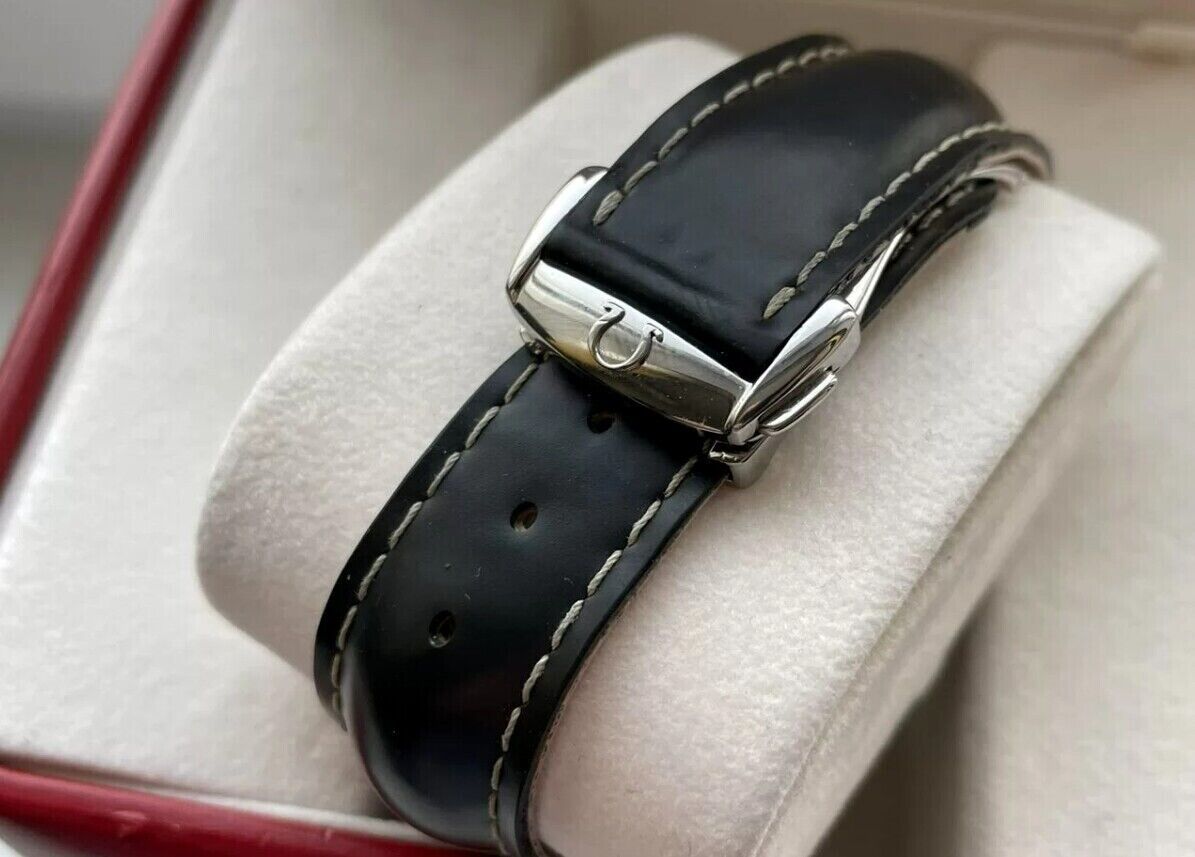
As a watch for actual competitive sailing, the case and bracelet are bit too heavy at 194 grams, and the watch head a bit too tall for an environment filled with sharp metal to snag things on. The reversed and upside down layout of the pushers, with start/stop at the lower left and reset at the upper right can make some sense as in cold weather while wearing gloves it would be easier to grab the watch and operate the start button with your thumb. It does however feel more at home watching the race than participating in it and I'd feel rather bad subjecting a watch this nice to the kind of abuse sailing causes all equipment.
Movement
The movement in the NZL-32 is the Omega Calibre 3602. This watch is not the only watch to carry this movement, the Seamaster Pro 300M Diver Racing 44 mm models actually used it across about 8 unique models but without the rotated piggy-back module and with different dial cut-outs.
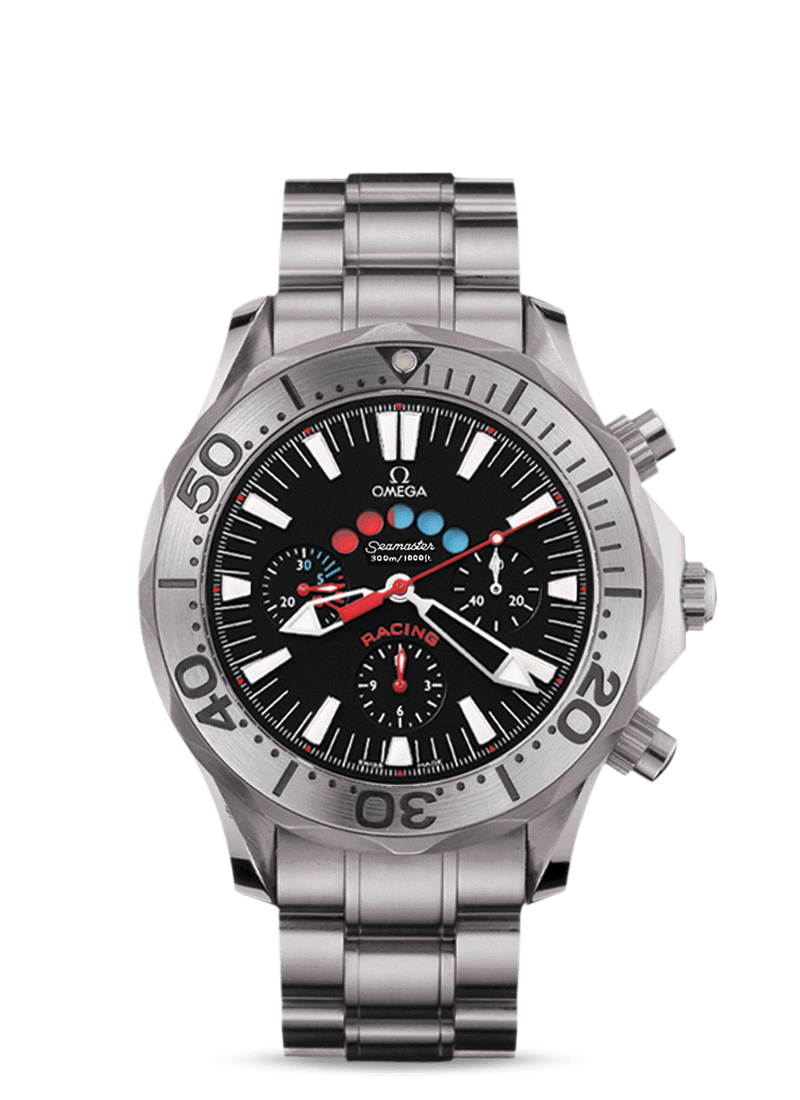
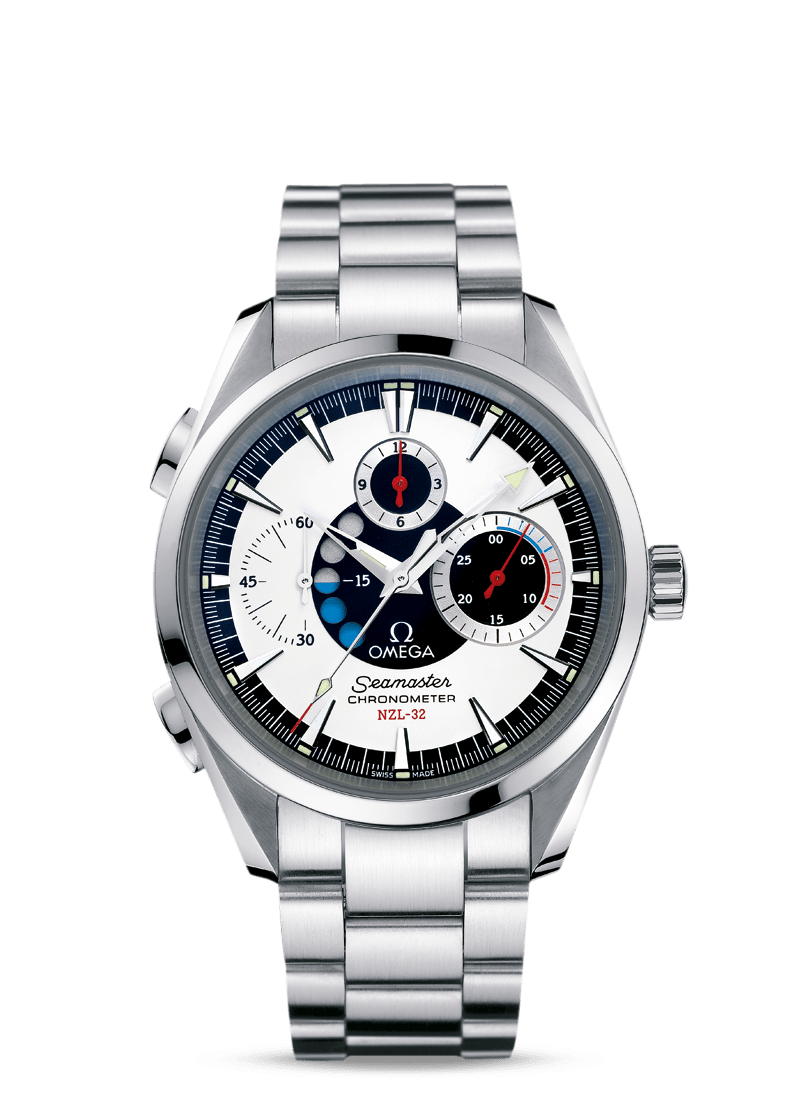
The heart of the Calibre 3602 is the combination of an ETA 2892-A2 movement, and a Dubois-Dépraz 2077 chronograph module, which is placed atop the ETA movement and driven by the seconds hand. The resulting combination beats at the same 28,800 vph of the ETA movement and has a 44-hour power reserve.
The regatta timer function adds an additional disc which makes a full rotation every 15 minutes and is stopped and reset by the same pushers as the chronograph mechanism.
Movements using a Dubois-Dépraz module have been used in everything from the Speedmaster Reduced to the Audemars Piguet Royal Oak Offshore and are proven to be reliable and accurate, even chronometer rated as in the case of the NZL-32. One draw-back of these movements however is that most independent watchmakers, even those with access to Omega parts cannot service them any more cheaply than Omega. This is because the modular movement is handled on a core exchange basis rather than by providing individual parts.
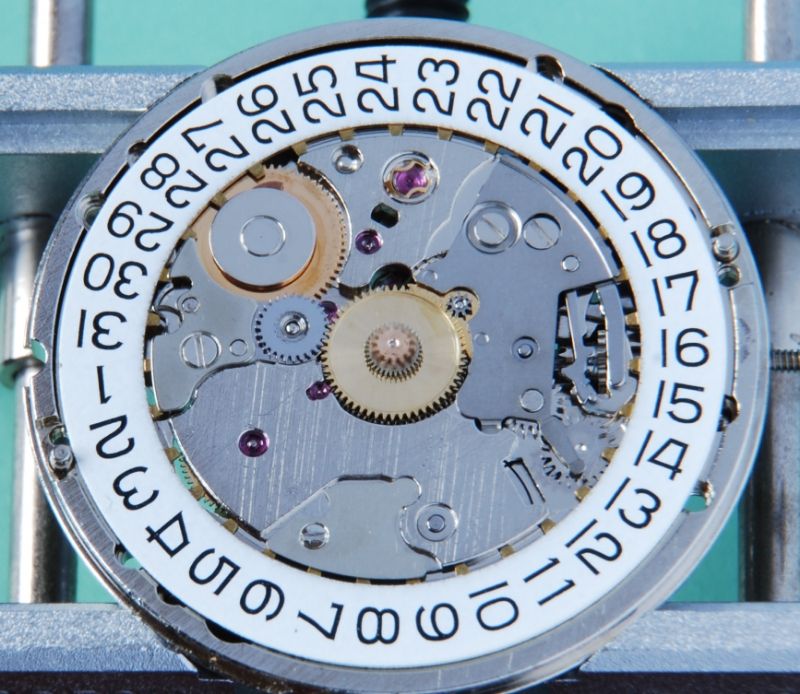
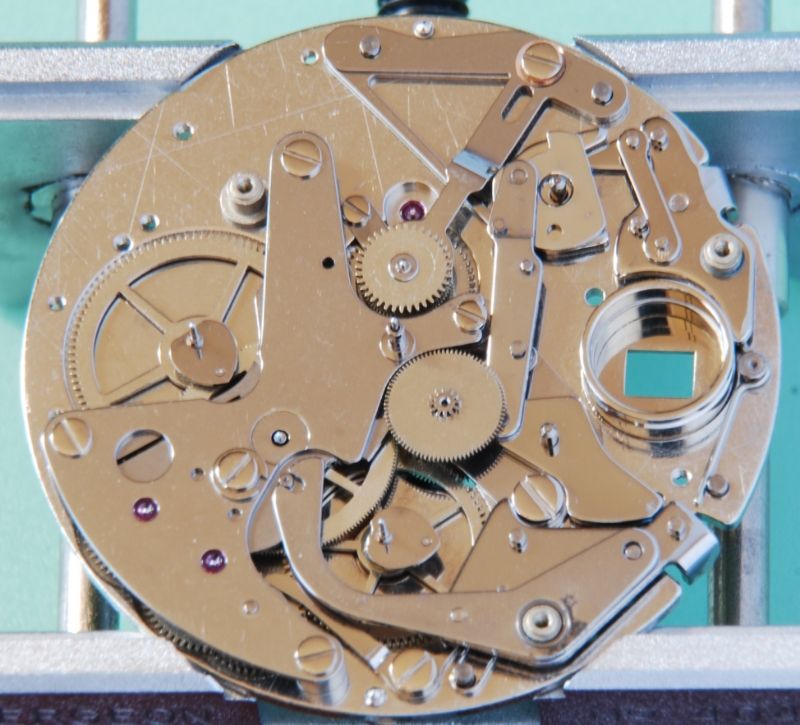
As a result of this, it typically is best to simply take your NZL-32 for an Omega factory service through a boutique or authorized dealer and enjoy the watch with the warranty it comes back with. Due to the age of these watches almost all will now be due for service so factor that Omega factory service into your purchase price.
Dial & Usage
The dial of the NZL-32 is definitely unusual. As mentioned previously this is caused by the chronograph module being rotated 180 degrees from the usual. This means all of the sub-dials have changed places, with the hours sub-dial now at the top, running seconds at the 9 o'clock position and chronograph minutes register at 3 o'clock. The dial text, stating the model and the fact that this watch is a chronometer is located at the bottom of the dial.
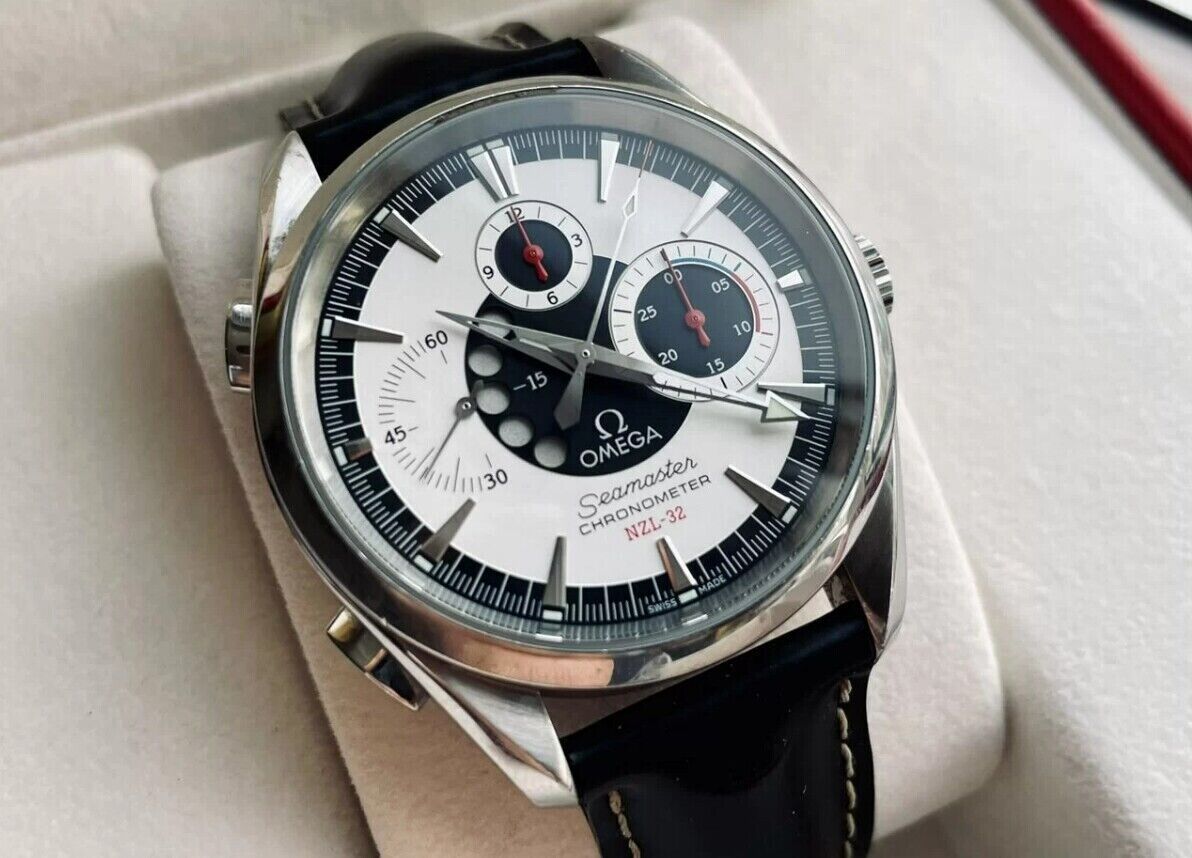
The regatta timer mechanism consists of five holes on the left of the dial which act as windows to the painted disc below. That disc below the dial rotates every 30 minutes in time with the chronograph mechanism and is painted silver, blue and red in equal portions with each covering 120 degrees of the disc's rotation. As a result, at 0:00, the 5 windows show all silver, at 5:00, they show all blue, and at 10:00 they show all red. If the chronograph is not stopped, the disc will continue rotating and at 15:00 it will show all silver again, repeating the cycle again.
The dial itself is a black and silver bullseye pattern, similar to the Omega Geneve Dynamics of the 60s and has sub-seconds around the outer edge along with applied hour markers doubled at 12.
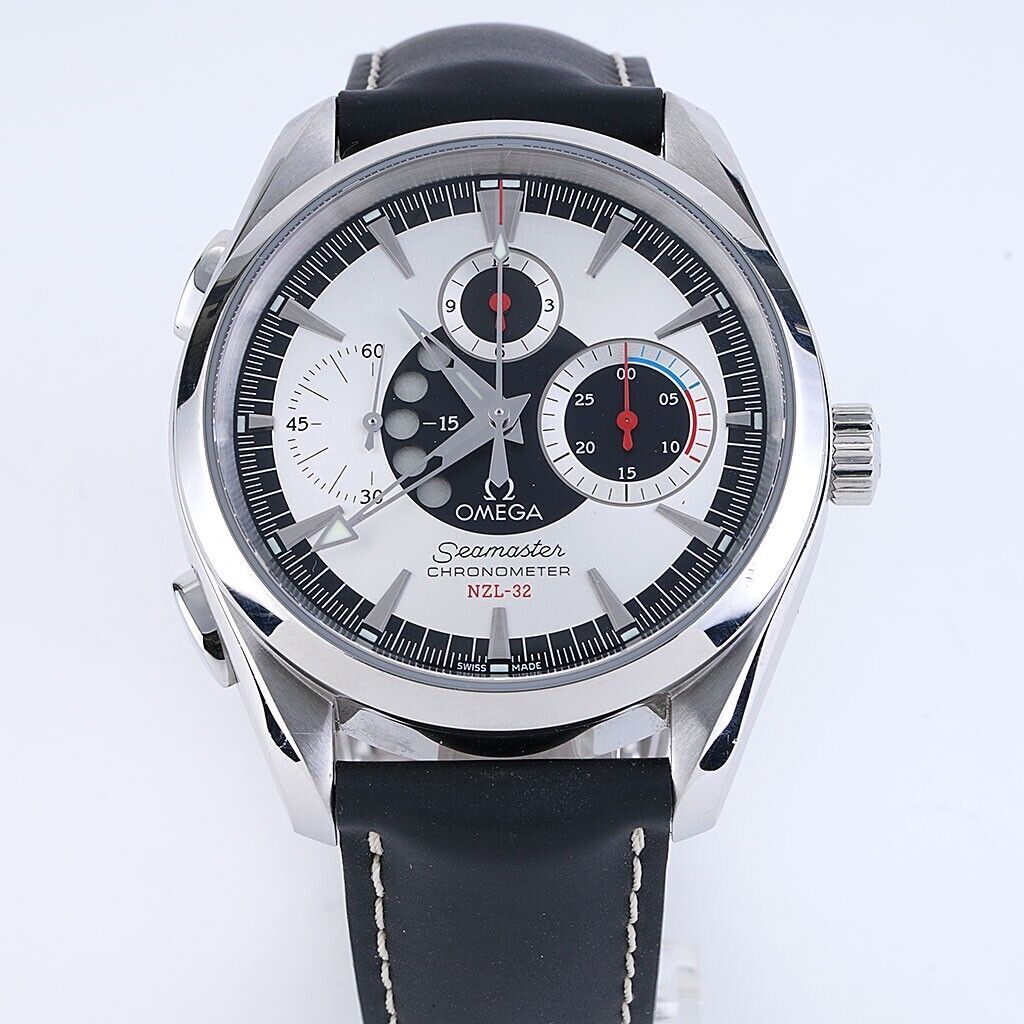
The hands are quite unusual with the same basic dauphine hour hand and arrowhead minute hand as the Aqua Terra, but with cut-outs to allow greater visibility of the regatta timer windows.
In terms of practicality for sailing, the regatta timer is a bit of a mixed bag. On one hand it definitely has better visibility than the small chronograph sub-dial which is a positive and the red tipped chronograph seconds hand is very visible against the black outer track. Having said that, timing a race start is loud, chaotic, distracting, and filled with yelling. A skipper's eyes need to be on several things at once, and having to check a watch dial periodically isn't going to be as helpful as a digital watch with a loud alarm.
For this reason, if I were to buy an Omega purely for racing it would likely be the X-33 Regatta ETNZ Limited Edition rather than any of the mechanicals.

For daily wear, especially as a lover of sailing, it does make for a very special and unique watch.
Buying
These watches were quite expensive relative to other Omegas when initially launched and were not the greatest sellers. While being a limited edition of sorts, they were not numbered and were more a limited time period of production, without any real clarity as to how many were made.
Availability is very much global and there are always several for sale on Chrono24 as well as eBay and they appear from time to time on forums as well. The best deals tend to be on eBay in general, and when these watches go no reserve at auction, they can end up attracting some disgustingly low prices for what they are.
While typically $2,150 to $2,700 can get you a nice example in a buy it now listing, a strap version recently sold for $850 in nice condition. This is definitely a rare event but shows how disinterest and lack of knowledge in this reference can cause them to go for remarkably little at times.
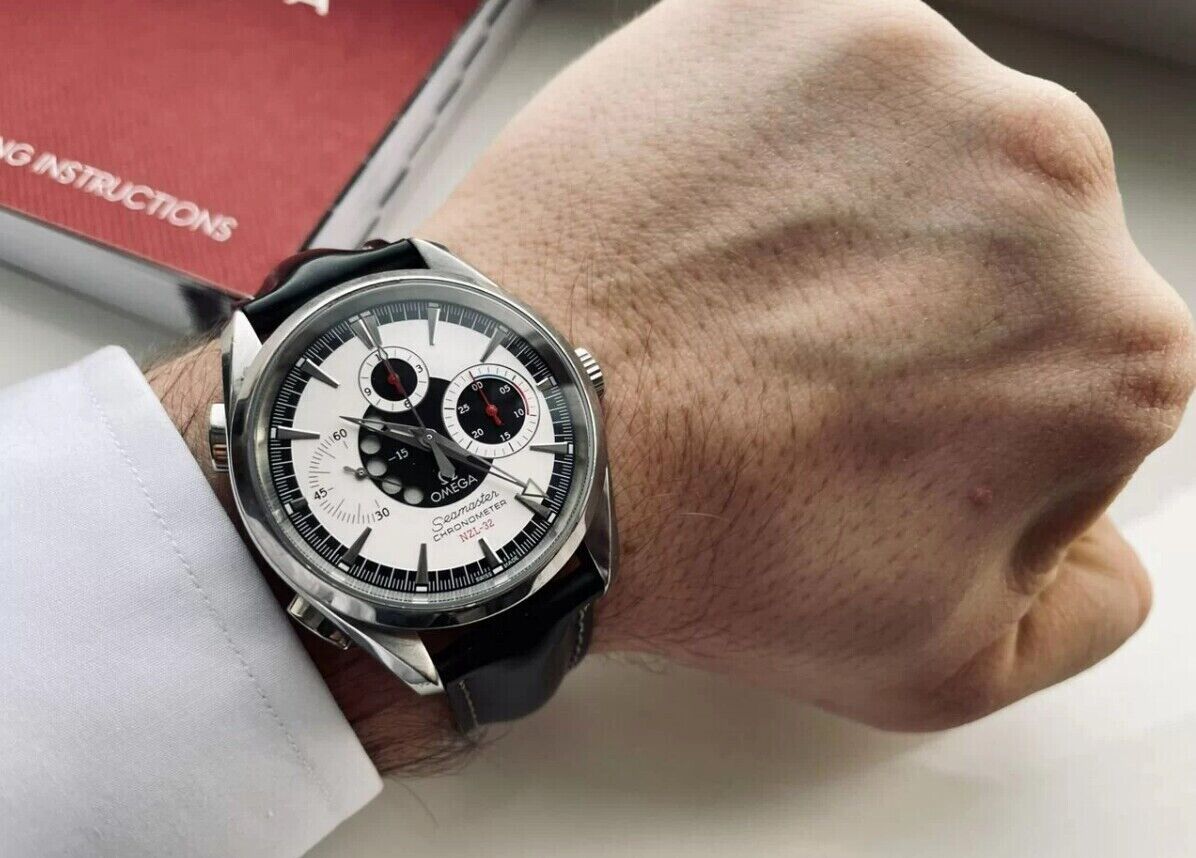
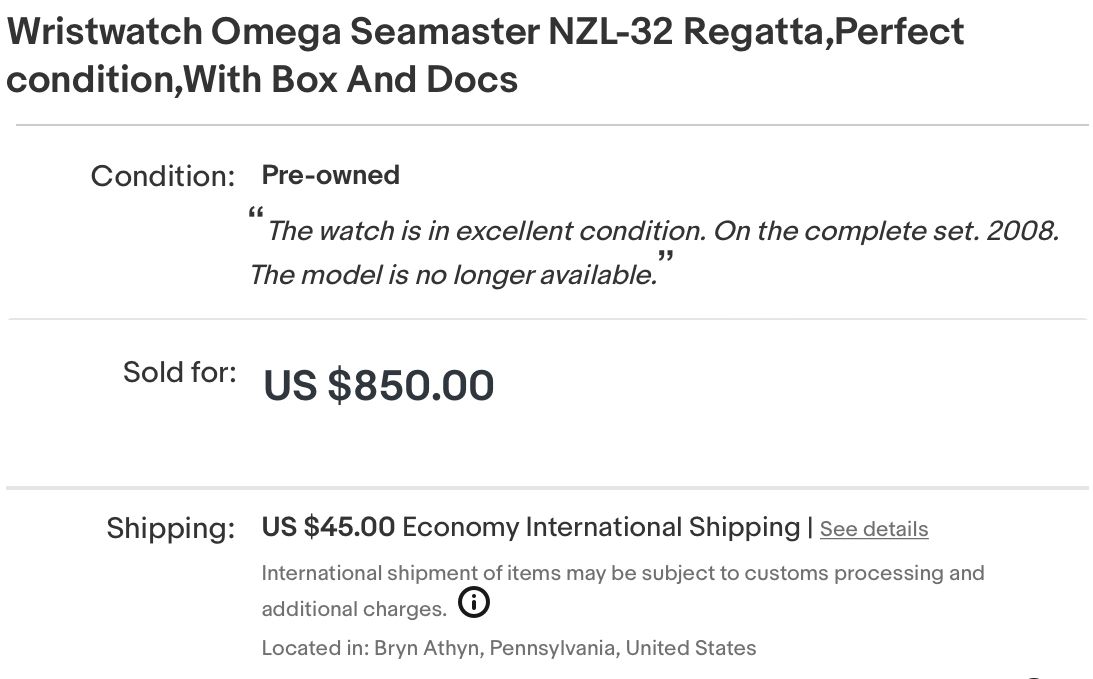
As mentioned previously, a factory service should indeed be factored into any purchase and that will involve polishing and cleaning so don't be too concerned by minor scratches and wear.
The NZL-32 certainly isn't a typical or common Omega, but for a regatta chronograph with a unique look and historical significance, the NZL-32 packs a lot into a remarkably low price on the secondary market.
Discussion thread on Omegaforums can be found here:
